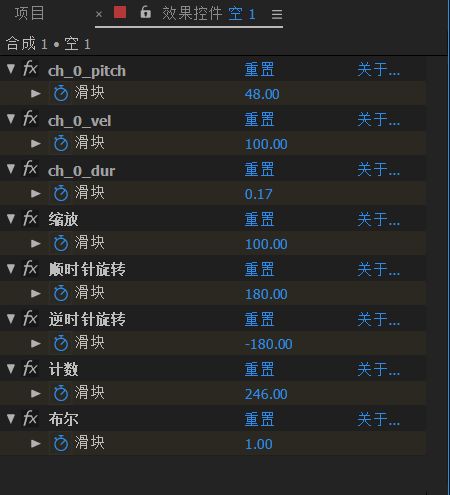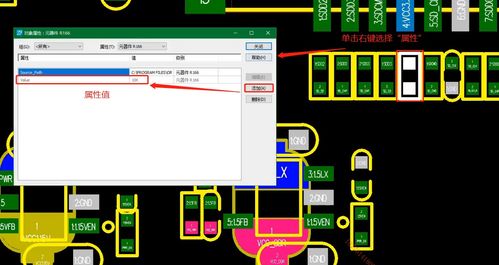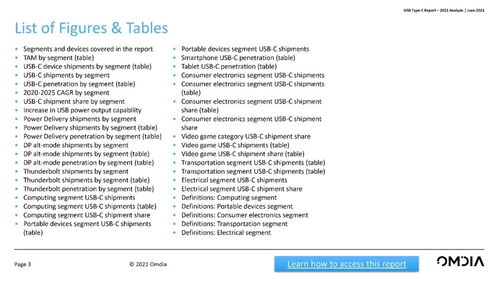
Alt Om Fjernvarme: A Comprehensive Guide
Understanding fjernvarme, or district heating, is essential for anyone living in a country where this system is prevalent. Fjernvarme is a modern, efficient, and environmentally friendly heating solution that has gained popularity in many European countries. In this article, we will delve into the various aspects of fjernvarme, from its history to its benefits and challenges.
What is Fjernvarme?

Fjernvarme is a system that delivers heat to residential, commercial, and industrial buildings through a network of insulated pipes. The heat is typically generated in a central plant, which can use various sources, including biomass, geothermal energy, and waste heat from industrial processes. This central plant then distributes the heat through the network to the end-users.
History of Fjernvarme

The concept of district heating dates back to the 19th century, with the first district heating system being installed in Karlsruhe, Germany, in 1874. However, it was not until the 20th century that fjernvarme became widespread, particularly in Scandinavian countries like Denmark, Norway, and Sweden. Today, fjernvarme is a well-established and efficient heating solution in many European countries.
How Does Fjernvarme Work?

The process of fjernvarme involves several steps. First, the heat source, such as a biomass plant or a geothermal well, generates heat. The heat is then transferred to a fluid, usually water or a mixture of water and antifreeze, which is pumped through the insulated pipes to the central plant. At the central plant, the fluid is heated further and then distributed to the end-users through the network of pipes.
When the heated fluid reaches the building, it is used to heat the water in a boiler or a heat exchanger. The heat is then distributed throughout the building through radiators, underfloor heating, or other heating systems. After providing heat to the building, the cooled fluid is returned to the central plant to be reheated and reused.
Benefits of Fjernvarme
Fjernvarme offers several benefits over traditional heating systems:
-
Energy Efficiency: Fjernvarme systems are highly efficient, with some estimates suggesting that they can be up to 30% more efficient than individual heating systems.
-
Environmental Benefits: By using renewable energy sources like biomass and geothermal energy, fjernvarme reduces greenhouse gas emissions and contributes to a cleaner environment.
-
Reliability: Fjernvarme systems are reliable and require less maintenance than individual heating systems.
-
Cost-Effective: Fjernvarme can be more cost-effective in the long run, as it reduces energy consumption and maintenance costs.
Challenges of Fjernvarme
Despite its many benefits, fjernvarme also faces some challenges:
-
Initial Costs: The installation of fjernvarme infrastructure can be expensive, which may deter some homeowners and businesses from adopting the system.
-
Scalability: Fjernvarme systems require a significant amount of space for the central plant and distribution network, which may not be feasible in all areas.
-
Reliability of Heat Source: The efficiency of fjernvarme depends on the reliability of the heat source. In areas where renewable energy sources are not readily available, the system may not be as efficient.




